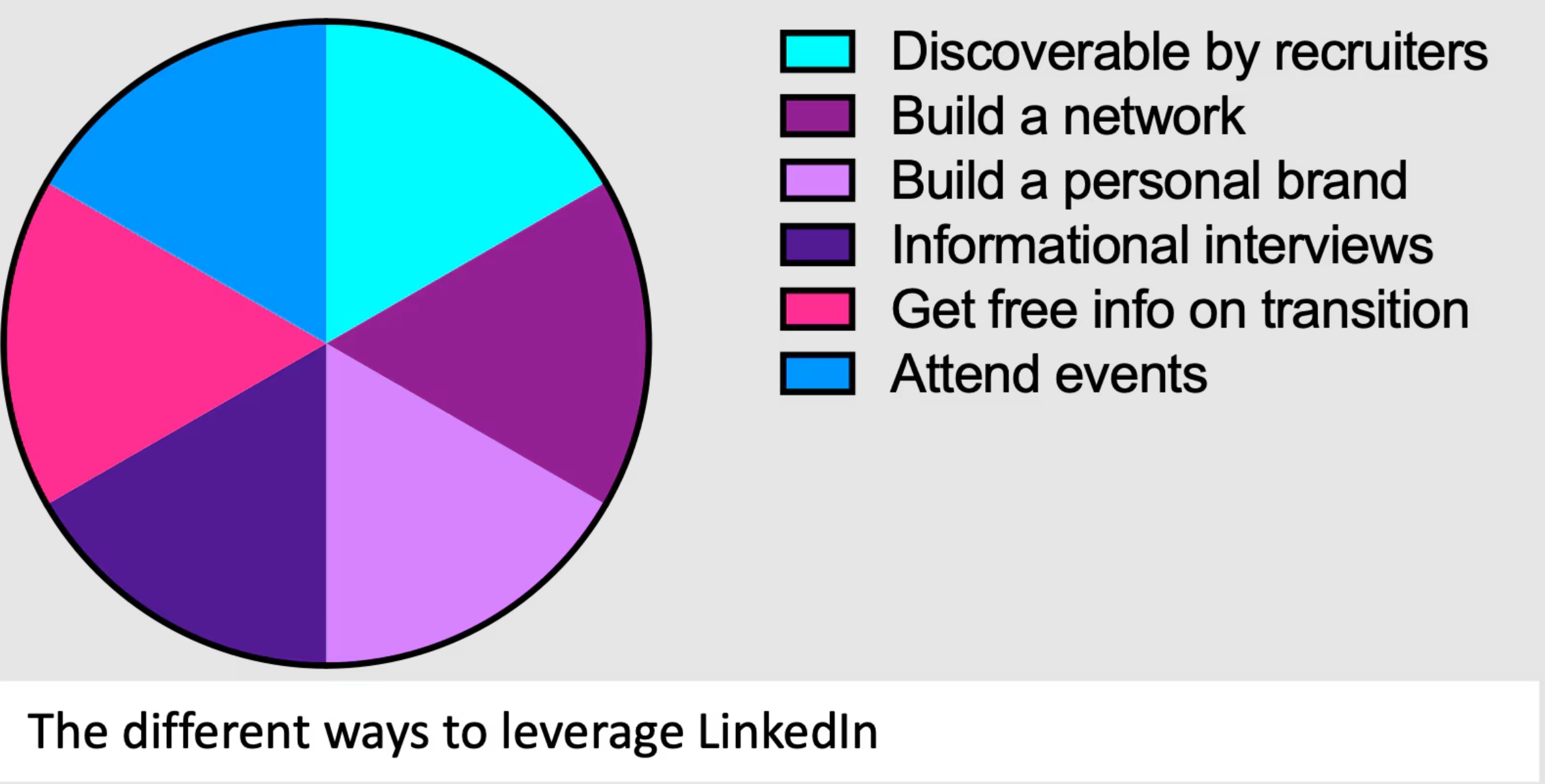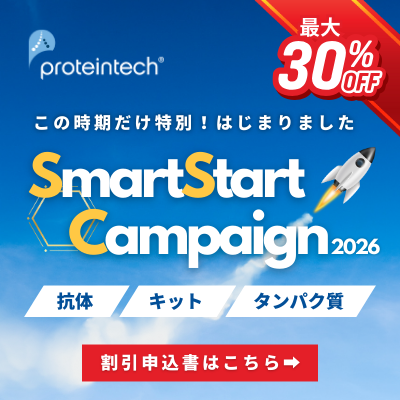LinkedInを利用してアカデミアから民間企業へ転向する方法
Elena Hoffer博士著(Alma.me共同設立者兼CEO)
アカデミアから企業への転向は、民間企業にまつわる多くのことが未知数で心細さや不安を感じることがあるかもしれません。しかし、LinkedInを利用すれば、快適な自宅にいながらにして企業への疑問を解消できます。LinkedInでオンラインプレゼンスを確立すれば、民間企業への転向を後押しする多くのアプローチが見つかります。
まずは、私の体験談を紹介します。博士課程も中盤になった頃、私は学位取得後はアカデミアを離れようと考えるようになりました。仕事を通じて様々な人と緊密に接することができればと思い描くようになったのです。博士課程の学生向けのキャリアセミナーを主催したり、自分自身を見つめなおして何がしたいのか思案したり、在籍中に起業家養成コースを受講しました。こうした一連の経験が自身の視野を広げるために大いに役立ち、最終的にはビジネスの世界に進みたいと思うようになりました。

LinkedInの様々な活用法
何から始めるべきか?実践的なポイント
「なんらかのつながりがなければ、どんな道にも進めない」。これが私にとって現在に至るまで最も価値のある教訓の1つで、早い段階でこの助言を得たことはプラスの効果をもたらしました。では、アカデミアにいながらにして様々なビジネスへの理解を深め、企業に関係する人々と関わりを持つにはどうすれば良いのでしょうか?
私の場合、その答えはLinkedInでした。LinkedInは10億人近いユーザーが利用するビジネス特化型SNSで、誰とでもつながりを構築することができました。LinkedInに出会い、私は「この場で自分をアピールしない理由はない」と考えるようになりました。そこで、私は実際に行動を開始したのです。
プロフィールをカスタマイズする
関連性のある人を把握する:LinkedInを有効活用するには、まずはLinkedInの利用目的の明確化をおすすめします。仕事探しが目的なら、希望するポジションを絞り込みます。利用目的が明確だとターゲット層にアピールできるプロフィールを用意でき、望み通りのしかるべき人物と連絡を取りあえます。
プロフィールの作成やカスタマイズをしたいと考えたとしても、何から手をつけていいかわからない場合はプロテインテックのブログ「ライフサイエンス研究者向け:LinkedInのプロフィールの書き方」が参考になります。
以下の表には、博士号取得者が応募可能なアカデミア以外の様々な職種のポジション例をまとめています。LinkedInの「求人」アイコンを選択して検索バーに職種や役職等を入力すると、現在募集中の求人を検索できます。
|
職種 |
募集企業 |
アカデミアでの経験が役立つスキル |
|
Field Application Specialist |
Genentech、10x Genomics、Sartorius、Thermo Fisher Scientific |
専門技術、コミュニケーションスキル、アプリケーション支援・トレーニング、顧客関係構築(CRM) |
|
Patent Attorney |
Potter Clarkson、ADVANT Beiten、FOD、MLL Legal |
コミュニケーションスキル、きめ細かなチェック能力、批判的思考、論証スキル、実務文書作成能力、プロジェクト管理・タイムマネジメント能力、学習意欲 |
|
Management Consultant |
McKinsey、PwC、BCG、Bain & Company |
コミュニケーションスキル、創造的な問題解決力、対人スキル、プレゼンテーションスキル、分析力、レジリエンス |
|
Life Science Consultant |
Accenture、IQVIA、PAREXEL International |
専門領域に関する知識、コミュニケーションスキル、調査力・分析力、問題解決力、顧客対応 |
|
Account Manager |
様々な規模のバイオテクノロジー企業・製薬企業 |
コミュニケーションスキル、業務処理能力、ステークホルダーマネジメント、意思決定への働きかけ(インフルエンシングスキル)、予算編成 |
|
Marketing Manager |
Genentech、Thermo Fisher Scientific、Proteintech |
創造性、業務処理力、専門技術に関する知識、ステークホルダーマネジメント |
|
Editor |
Elsevier、Science、Nature |
論文執筆経験、コミュニケーションスキル、文章力・編集スキル、細部に対する注意力、調査力 |
|
Research Scientist |
Novo Nordisk、Novartis、Amgen、Lonza |
分析力、調査力・研究デザイン、批判的思考、文献レビュー・文献の統合的解釈力、テクニカルライティング |
|
Decision Scientist |
Travelers、Meta |
分析力、数理的・定量的素養、データマネジメント、コミュニケーションスキル |
|
Data Scientist |
Amazon、Google、Microsoft、Meta |
データ分析、プログラミング(複数言語)、分析的思考 |
|
Medical Science Liaison |
Novartis、Johnson & Johnson、AstraZeneca、Amgen、Eli Lilly |
科学的コミュニケーションスキル、ステークホルダーマネジメント、レジリエンス |
|
Associate Medical Writer |
Nucleus Global、Pfizer、Novartis、Roche |
研究領域の専門知識、テクニカルライティング、コミュニケーションスキル、図表作成力、細部に対する注意力、調査力 |
|
Science Writer / Communications Specialist |
National Geographic、Scientific American、NASA |
テクニカルライティング(論文執筆・グラント申請・著書出版・文献レビュー等)、調査力、研究領域の専門知識、批判的思考 |
|
Product Manager |
Thermo Fisher Scientific、BD、Meta、Proteintech |
タイムマネジメント能力・プロジェクト管理、アダプタビリティ、調査力、分析的思考、コミュニケーションスキル |
|
Medical Advisor |
Amgen、Boehringer Ingelheim |
プレゼンテーションスキル、分析力、研究領域の専門知識、メディカルライティング、調査力 |
魅力的なプロフィールの作成:企業のリクルーターに目を留めてほしい場合であれ、つながりを構築したい場合であれ、すべての基本は訴求力のあるプロフィールにあります。
- プロフィール写真:清潔感のある、プロフェッショナルな印象を与える顔写真を使用するよう心がけましょう。
- カバー写真の編集:カバー写真は、バナーのような無料の宣伝スペースです。プロフェッショナルとしての価値観、得意とする専門分野は何か、あるいはどのような問題に取り組むことができそうか視覚的にアピールしましょう。
- ヘッドラインの編集:ヘッドラインの内容は重要で、特に冒頭の5ワードに大きな影響力があります。例えば、何らかの投稿に対してコメントした場合にあなたのヘッドラインは投稿を見た他のユーザーにも表示されます。ヘッドラインの内容は、コメントした人物が閲覧者にとって興味を引く存在であるか否かをただちに判断できる情報を提供します。そのため、ヘッドラインで自分が何をしている人物であるかアピールできるように留意しましょう。その際は、関連する業界で使用されているキーワードを盛り込むことをおすすめします。
LinkedInには、本稿では紹介しきれないほど多くのセクションが存在しますが、リクルーターに目を留めてもらいたい場合は、スキルのセクションに自分のスキルを登録しましょう。希望するポジションを2~3程度に絞り込み、そのポジションに関連するスキルを厳選して登録します。スキルのセクションに記載する項目は、レジュメのように多すぎない方が効果的です。
関連性の高い人々と積極的に交流することで興味を持ってもらい、つながりを構築する
LinkedInに魅力的なプロフィールを掲載するのも有効な方法ですが、コメント・いいね・シェア等で他のユーザーのコンテンツに積極的に関与する戦略は、誰かの目に留まるというだけでなく、個人的なつながりを構築するうえでもっと効果的です。
多くのポジションは、人と人とのつながりを介して採用が決まります。LinkedInの調査によると、採用事例の約85%はつながり経由で決まっていることが明らかになっています。つながりを構築するうえで最も効果的なのは、自分自身がどのような業界や職種、あるいはユーザーに興味を持っているか理解しておくということです。
LinkedInに登録している関連性の高いユーザーに認知してもらうには、ただ協力を求めるのではなく、なんらかの関係を構築するよう働きかけましょう。つながりの構築とは本質的には人間関係の構築ですが、多くの人々はそれを失念しがちです。すべての信頼関係の基礎になるのは信用とその継続性であり、関係構築には長い時間を要します。それは、長期にわたってぶれない安定した関係を積み重ねていくことを意味し、1度のコメントだけで大きな効果を得られるものではありません。相手とのエンゲージメントを継続的に重ねる必要があります。そうすることで、少しずつ着実に強固なネットワークを構築していきます。継続的な働きかけによって相手の記憶にも残るでしょう。いずれは連絡を取り、実際に面会の機会を得られるかもしれません。
LinkedInを通じて「Informational interview」を実施し、ユーザーや企業の情報を得る
LinkedInを利用して、本当にやりたい職務を見極め、その職務に就いているユーザーや希望する企業で働くユーザーを発見するという方法は、求職活動するうえで大変優れたもう1つのLinkedInの使い方です。私がLinkedInの「Informational interview」をおすすめするのは、次の2つの目的を達成できる可能性があるからです。
- 興味を持った職務を詳細に把握することで得られた知見を自身のレジュメに取りいれ、希望する職務に求められる役割を理解していることを示せれば、その他の応募者よりも優位に立つことができる可能性があります。
- つながりを発展させることができます。うまくいけば、コンタクトをとった相手がつながりを持ってくれる場合があります。
経験者からのヒント:Interviewのあとはフォローアップの連絡をして感謝の気持ちを伝えましょう。
独自のコンテンツを作り上げる
自分の経験を採用担当者や採用企業に効果的に示すには、自分が深く理解し、関心のあるテーマについて発信することが最も有効です。コンテンツ作成はLinkedInユーザーに見つけてもらうための一番良い方法であり、認知を得ることで新たな関係構築が可能になります。コンテンツ作成は、専門知識、人間性、価値観、何を大切にしているのかをアピールし、自分自身を発信することにもつながります。特定の分野における信頼性・権威性が高まり、関連性の高いユーザーがあなたのプロフィールに目を留めるようになるでしょう。
何事も、最初の一歩が最大のハードルになりがちですが、自信を喪失して諦めてしまうのは禁物です。私は手始めにコメント投稿に取り組み、徐々にコンテンツを作成しました。コメント投稿で手応えは得られたものの、大きな転換点となったのはコンテンツ作成でした。
そのため、私は皆さんに早い段階からこまめにコンテンツを作成することをおすすめします。コツをつかめば、普通の友人関係の構築と変わらないことがすぐにわかるはずです(ただし、LinkedInの方が同じ事柄に興味を持つ人々を容易に見つけられます)。一連の作業は、コンフォートゾーンからは大きくはずれるかもしれません。間違いなく私の場合はそうでしたが、そんなことで始めるのをためらってはなりません。必ず努力は報われます。
良いご縁がありますように!
Elena
※本稿は、以下の英文記事を日本語訳して掲載しています。
https://www.ptglab.com/news/blog/how-to-transition-from-academia-to-industry-using-linkedin/


